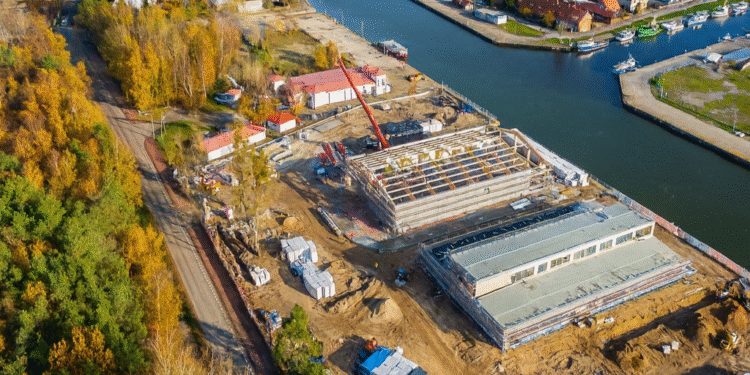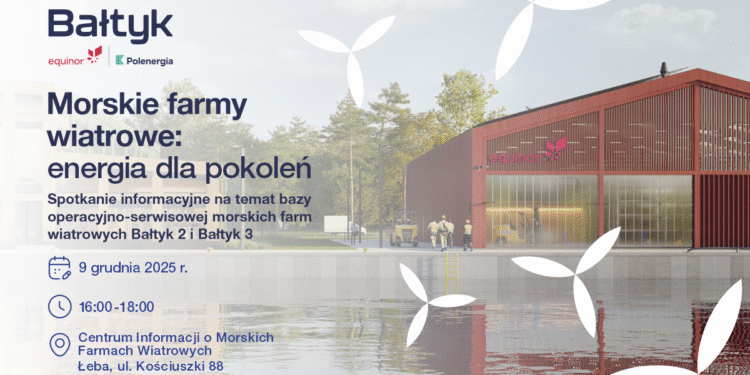The environment is a high priority for us. That's why we assess the impact of projects for more than a year before starting work

Fish and benthos
The wind farm area is home to 20 species or families of fish, including sprat, herring, cod, flounder, plaice, turbot, sockeye, salmon, gobiidae and seasonal.
Fish
The greatest impact on fish may occur during the construction phase and will be related to noise and vibration emissions during the driving of foundation piles. Therefore, at the construction stage, we will take measures to minimize noise levels (such as bubble curtains). According to the environmental assessment, the impact of our farms on fish will not be significant.
Benthos
Benthos are animal organisms associated with the bottom of aquatic environments. The most significant impacts on macrozoobenthos will occur during the construction phase and will be related to the physical destruction of up to about 1% of the farm's area (at the foundation site and along the route of offshore cables).
Artificial reefs
Thanks to wind farms, artificial reefs will be created on the underwater surface. In a short time it will be colonized by epiphytic organisms, and in the overexposed zone also phytobenthic species. Among the first, underwater parts of the power plant will be colonized by mussels. On the artificial reef fish will find shelter and favorable conditions for reproduction.
Do you have concerns or objections about the progress of investment? Use the grievance mechanism
Learn more about the grievance mechanism
Seabirds and migratory birds
We conducted a detailed assessment of 26 species of seabirds and migratory birds found in the area of our wind farms.
Seabirds
The most significant impact on seabirds will occur at the construction stage. It will be associated with increased ship traffic, noise and light emissions, which may displace birds from the project area.
During operation phase, it is possible that small areas of long-tailed duck foraging may be lost. This is due to the fact that the duck usually avoids basins occupied by this type of investment and their close surroundings.
13 seabird species
The detailed assessment included: the long-tailed duck, the herring gull, the common scoter, the velvet scoter, the velvet duck, the razorbill, the guillemot, the black guillemot, the black-throated and the red-throated loon, the great black-backed gull, the lesser black-backed gull, the little gull, and the horned grebe.
Migratory birds
The impact on migratory birds during construction, operation and decommissioning will be related to the barrier effect. However, it will cover a small part of the birds' migration routes, and bypassing the farm will be neither energy-intensive nor difficult for the birds. In addition, in selected areas we are introducing measures to mitigate the effect of the barrier by establishing migration corridors - free areas up to several kilometers wide.
13 migratory birds species
The detailed assessment included: red-throated and black-throated loons, the great cormorant, the whooper swan, the mute swan and the tundra swan, the greater white-fronted goose, the bean goose, the greylag goose, the brant, the barnacle goose, the eurasian wigeon, the long-tailed duck, the common scoter, the velvet scoter, the crane, the little gull, the black-headed gull, the razorbill and common guillemot.

Marine mammals and bats
The impact of our projects on mammals will be negligible or small for the most part.
Marine mammals
The most significant impact on marine mammals will be primarily related to noise and vibration emissions during the driving of foundation piles. Noise minimization measures (e.g., bubble curtains) will allow us to significantly reduce the noise emitted during construction.
New feeding grounds
On the underwater elements of wind farms, mammals will be able to find a potentially abundant supply of fish as their primary food.
Bats
We have not recorded the presence of bats in the areas of our planned wind farms. Theoretically, however, the new facilities could be used as roosts and stops along the migration route of bats.
News & Events

Construction of the Offshore Wind Service Base in Łeba Recognized for Outstanding Safety

Łeba at the center of offshore wind energy: a meeting on the service base

